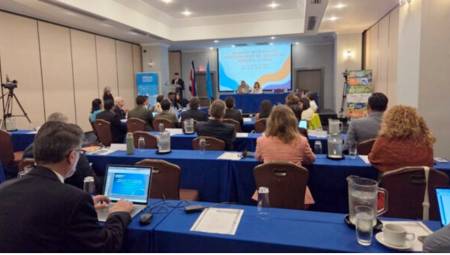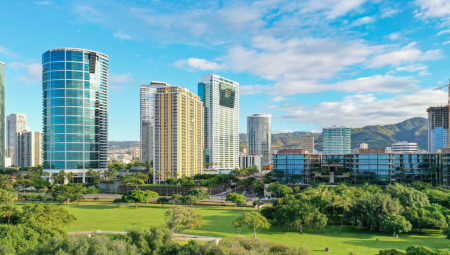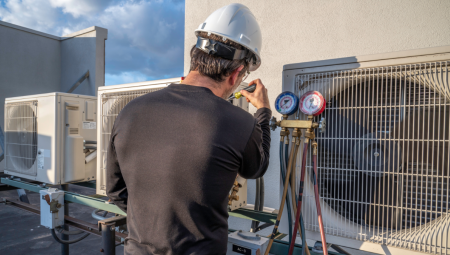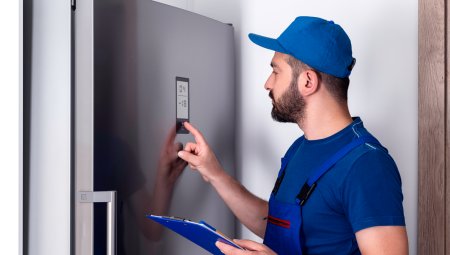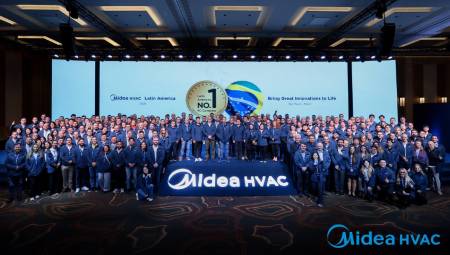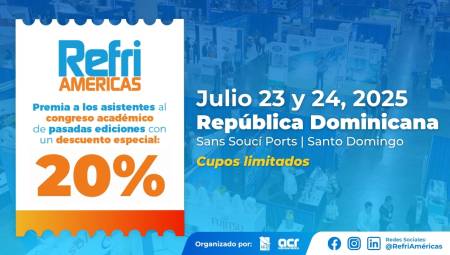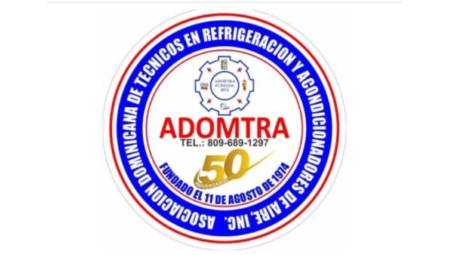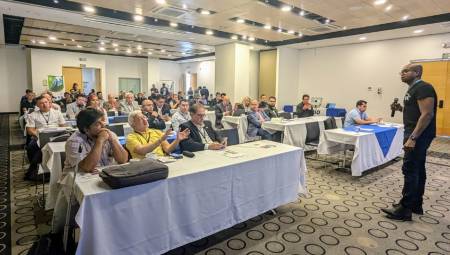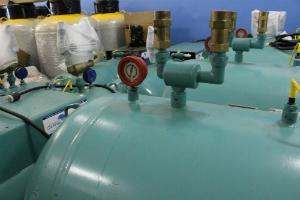 When we talk about economic crisis, Latin America seems to be ahead, we analyze if that is the same path that awaits a market like that of refrigeration compressors.
by Duván Chaverra Agudelo
When we talk about economic crisis, Latin America seems to be ahead, we analyze if that is the same path that awaits a market like that of refrigeration compressors.
by Duván Chaverra Agudelo
Currently, industrial refrigeration in Latin America is estimated at approximately US$200 million, this includes all products (compressors, evaporators, condensers, valves, panels, etc.), assembly and installation, that is, turnkey; and of this amount about 10% or 15% is destined for the sale of compressors, which means that there is a market of US $ 20 to $ 30 million only for compressors.
Now, the refrigeration industry in our region will face new challenges during the 2013 period. After a positive 2012 with average profits of 10% to 15% for the bulk of the manufacturers and marketers of the different devices for this market, the conjunctures in the foreign economy, in the case of the United States and Europe, seem to invite prudence on the expectations for the near future of this market.
If we go back a few years, this market showed that 2006 and 2007 were good for manufacturers, but with the appearance of the economic crisis of 2008 and 2009, the numbers froze and companies had to get ahead in difficult times, in which the battle phrase was "the crisis equals new opportunities", times in which those who did not modify their marketing strategies would be relegated to the competition.
Latin America was the region that suffered the least from the crisis and that opened a range of opportunities for companies to offer new technologies in countries that had even registered positive figures in their economy and that to this day sustain that growth as in the case of Colombia, Brazil and Peru.
If we go to the general economic level, the International Monetary Fund (IMF) estimated its growth expectations in the world during 2013 at 3.5%, a figure better than that given in 2012 (3.2%) but well below what is expected for 2014 (4.1%), a year that seems to be the year of the resurgence and transformation of the economy and markets.
Another good news, more for the Latin American region, has to do with the fact that experts forecast moderate inflation throughout this year, something that will also benefit trade in every way.
However, it is stressed that the only country that will have to fight to improve its inflation rates is Brazil. The South American giant would report an inflation of 5.6% in 2013, a figure very far from that of the local government as an ideal in the rise in prices (4.5%). Measures to improve these numbers continue.
The specific market
Companies talk about positive results during 2012, growth was as expected and forecasts for the end of 2013 are positive but caution is spoken when estimating a percentage.
In the case of Germán Robledo, sales director for Latin America of Vilter Manufacturing (Emerson Climate), his company sells compressors ranging from 50H.P. to 2000 H.P. and that are mainly used to compress Ammonia and sometimes freons. A robust market that invests large sums of money in its plants.
Vilter manufactures screw type compressors and single screw or rotor, in addition to reciprocating, and under this scheme, Robledo commented on last year's figures that "rarely do you see a replacement or replacement market for the compressor that turns 20 years old. The industrial market has a slow growth but on average 6% to 12% approximately. When recessions come, the client decides to use their resources in other activities and growth stagnates. 2012 presented an average of 10%."
Robledo added that "sales of Mono Tornillos continue to grow, on average they have been 15% or more, year after year. The reciprocant does not have the same growth as the Mono Tornillo, but it remains constant in its sales, since there is a market and customers for it, it is still used, it is ideal in boats, in small plants, ice plants, etc. According to the record of imports of each country and the database programs that allow to see these imports, it can be noted that more Mono Screws than Double Screws have been imported in each country".
Another of our guests is Germán Flórez, vice president of international division of National Compressor Exchange Inc., who shared his impressions on the income statement of the previous year.
"In addition to our more than 34 years in the commercial and industrial refrigeration market, we are experiencing a stage of expansion and growth in the Latin American market of 8% compared to 2010-2011. This growth was conceived based on the arduous commercial work established with contractors in the region who with a perfect potion of service, prices and quality, were the bridge to satisfaction and financial gratification in this market, "said the professional.
The company based in the United States, but with a high market in Latin America, revealed the results of the teams that had the best marketing within 2012. "Although our production lines extend to Copeland, Carrier, Trane, York, Dunham Bush, Mycom, Vilter and Bitzer; Copeland led sales in the region for the refrigeration market, followed by Carlyle, which established itself as a leader in the air conditioning industry of our Latin countries. The Danfoss compressor brand was also well received by our customers, this will be a name we will be hearing about more often in the coming months."
The countries with the highest returns
For both guests, countries such as Colombia, Peru or Mexico stand out in Latin America as important markets for their interests. For example, Germán Robledo, sees with very good eyes the future investments in the region due to the growth in different markets.
"The countries with the highest growth and sales in recent years are Brazil, Mexico, Chile, Peru and Colombia. The industries that show the most demand are poultry (chicken plants), seafood (shrimp, frozen fish, squid), fruits and vegetables, meat plants, pork. The ones that invest the least are beverages, especially dairy drinks, but lately they also invest less in carbonated beverages and beers."
Robledo added that "everything is a matter of the growth of each country, its stability and economy. In the case of Peru, more and more fish freezing plants have been installed that is exported outside the country for human consumption due to its richness of species. In the case of Chile, its richness in fruits and their exports. In the case of Colombia, the investment of meat plants, chickens, vegetables and their exports. In Venezuela, due to the need to satisfy a market with little supply of meat products, chickens, dairy products, and because of the country's economic policies. Nicaragua mainly exports meat to Venezuela. Then it's cycles and moments of opportunity."
For his part, Germán Flórez also highlighted some central American countries and commented on this same topic the following: "Among the countries with the highest consumption of refrigeration compressors for this season we can highlight Guatemala, Costa Rica, Panama, Colombia and Peru. As for industries, supermarket chains, ice plants and cold rooms demanded total attention throughout the year."
To conclude, the representative of Vilter, is cautious about the results of 2013. a reference that although it should not be generalized, coincides with the estimates of experts in the economic field of Latin America.
"The year 2013 does not have an encouraging outlook, since there are crises of countries that were buyers of products to Latin America, such as Europe; In addition, the American economy is static or without growth, and the Chinese and Indian markets were oversaturated, I think that this 2013 will be an indecisive and slow year."
To highlight
The impact of refrigerants
Germán Flórez, vice president of international division of National Compressor Exchange Inc, says that there is still a large consumption of refrigerants in the refrigeration industry that do more damage to the environment, despite the effort of some companies to improve consumption habits.
"Our commercial action lies in the certified remanufacturing of the main compressor models for the main lines marketed in the market, not only in Latin America, but throughout the world. In other words, we remanufacture compressors to meet the demand of our customers. However, it is there where our approach to participate in the action and work of caring for our environment, prostrates us as an educational showcase to communicate to our customers about the impact that the technologies used by this sector have on the environment.
Flórez added that "this work, unfortunately, has not significantly modified the consumption of HCFC refrigerants, since these are quite common in Latin America.
The HCFC 22 leads the consumption due not only to the competitive price, but also because of high volumes of use. This directly delays the much-needed changes to the market that fights for the well-being of the environment and a better climate future for all."
Advances in industrial compressors
Germán Robledo, sales director for Latin America of Vilter Manufacturing (Emerson Climate), spoke about the technological developments that this segment has recently presented for our region.
"In some plants what we call secondary refrigerant is used, that is, using water or glycol to cool, but these are cooled in a machine room or chillers, whether Satellite or Package, with ammonia. The advantage is toxic handling, a lot of this is eliminated, the plant is made safer, but ammonia is more efficient than water and water more efficient than glycol, then, it's a matter of knowing what you want: efficiency or safety."
Robledo added that "now that it has been shown that you can use the heat that is extracted from a cooling system and that it can be used to heat, then the plant designs will change to compressors that do both functions: cool and heat, since that energy that is used to take that heat and then is wasted into the atmosphere in evaporative condensers is gold that is being done. bouncing; now it can be used and reconverted into something, and that's where more technology comes from, between how to make the plant more and more efficient, and how to save energy and not waste it."



